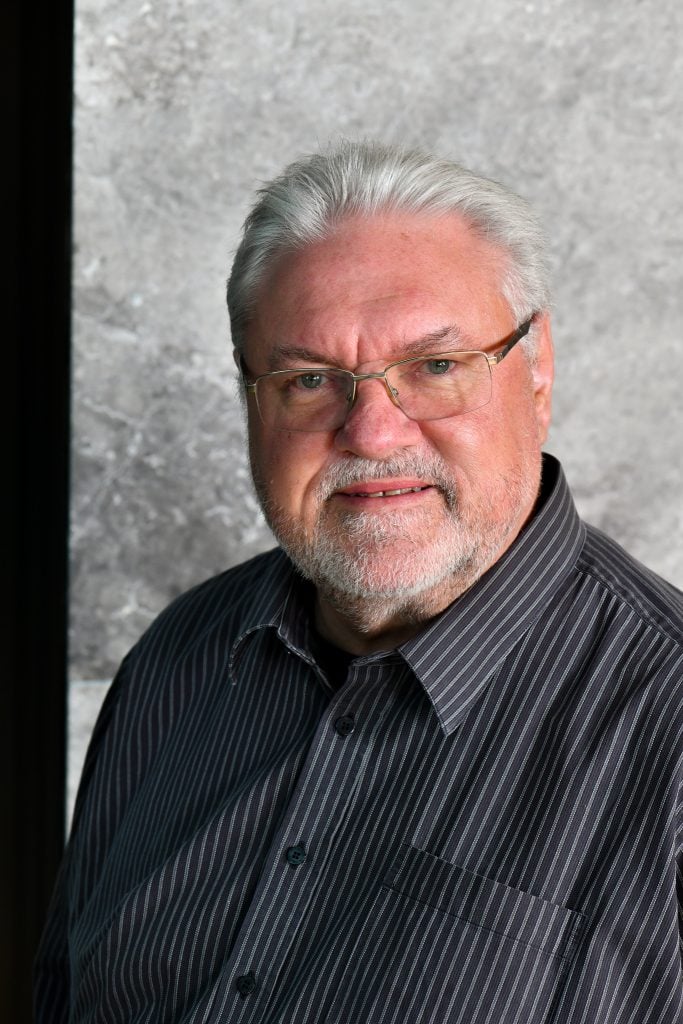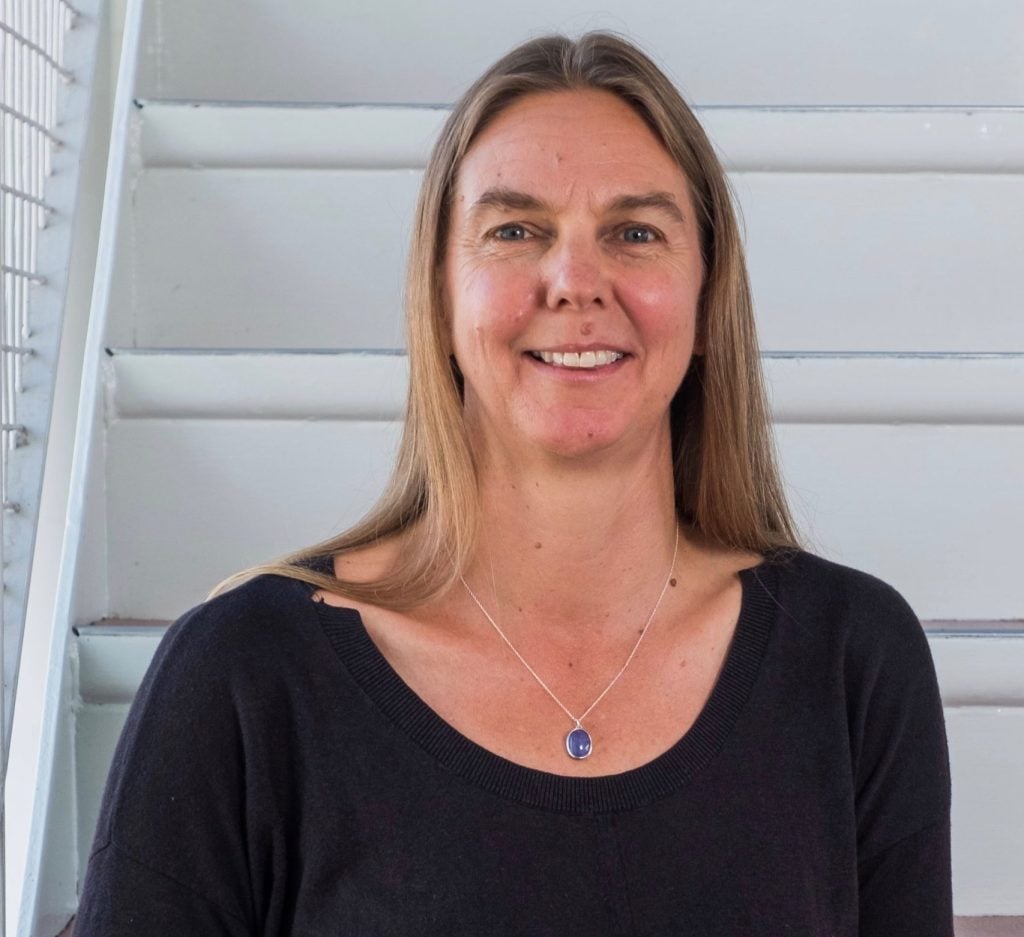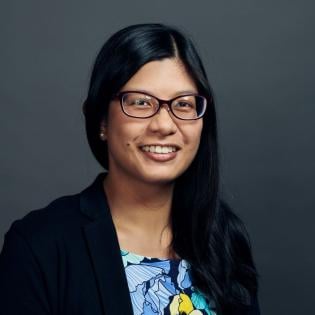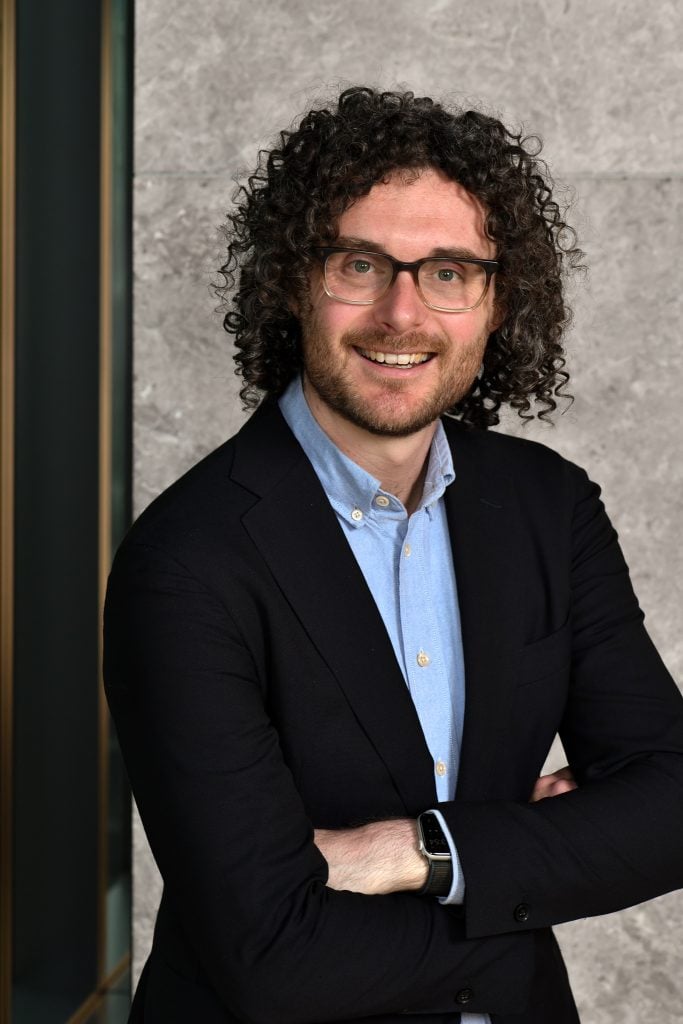My first publication from a CRADLE collaboration. ‘Implementing summative assessment with a formative flavour: a case study in a large class’
25 June 2017
My first publication from a CRADLE collaboration
And what a collaboration!
David Boud (Director of CRADLE) has been involved in research and teaching development in adult, higher and professional education for over 30 years and has contributed extensively to the literature (39,016 citations and a H-index of 80). Ernesto Panadero (Researcher: Universidad Autónoma Madrid (UAM) and Honorary Professor: Deakin U) is an outstanding researcher who is funded at the Universidad Autónoma de Madrid by the Ramón y Cajal excellence program for research (more competitive than an ARC DECRA). Both are inspirational researchers, and as I am new to the educational research scene, it was such a privilege to work with both Ernesto and Dave.
So, what is our publication about? It is a case study of my own large classes teaching experience, the difficulty of large classes, the importance of formative assessment, and how to implement it within summative assessment constraints. I am excited to share this work, as this article represents a culmination of seven years of teaching practice.
ABSTRACT: Teaching a large class can present real challenges in design, management and standardisation of assessment practices. One of the main dilemmas for university teachers is how to implement effective formative assessment practices with accompanying high-quality feedback consistently over time with large classroom groups. This article reports on how elements of formative practices can be implemented as part of summative assessment in very large undergraduate cohorts (n = 1500 in one semester), studying in different modes (on- and off-campus), with multiple markers, and under common cost and time constraints. Design features implemented include the use of exemplars, rubrics and audio feedback. The article draws on the reflections of the leading teacher, and argues that, for summative assessment to benefit learners, it should contain formative assessment elements. The teaching practices utilised in the case study provide some means to resolve the tensions between formative assessment and summative assessment that may be more generally applicable.
Interested to read more? We have 50 free copies, please download, save, read, and share our publication (http://www.tandfonline.com/eprint/pjykQJZD5vHQ7SVE6kIn/full)
Broadbent, J. Panadero, E. & Boud, D. (Jan 2017). Applying formative practices to summative assessment: A case study of a large class in the pursuit of sustainable assessment. Assessment and Evaluation in Higher Education. http://dx.doi.org/10.1080/02602938.2017.1343455
Jac
Dr Jaclyn Broadbent (http://www.jaclynbroadbent.com)
Senior Lecturer in Health Psychology (HBS110 Unit Leader)
Fellow, Centre for Research in Assessment and Digital Learning (CRADLE)












